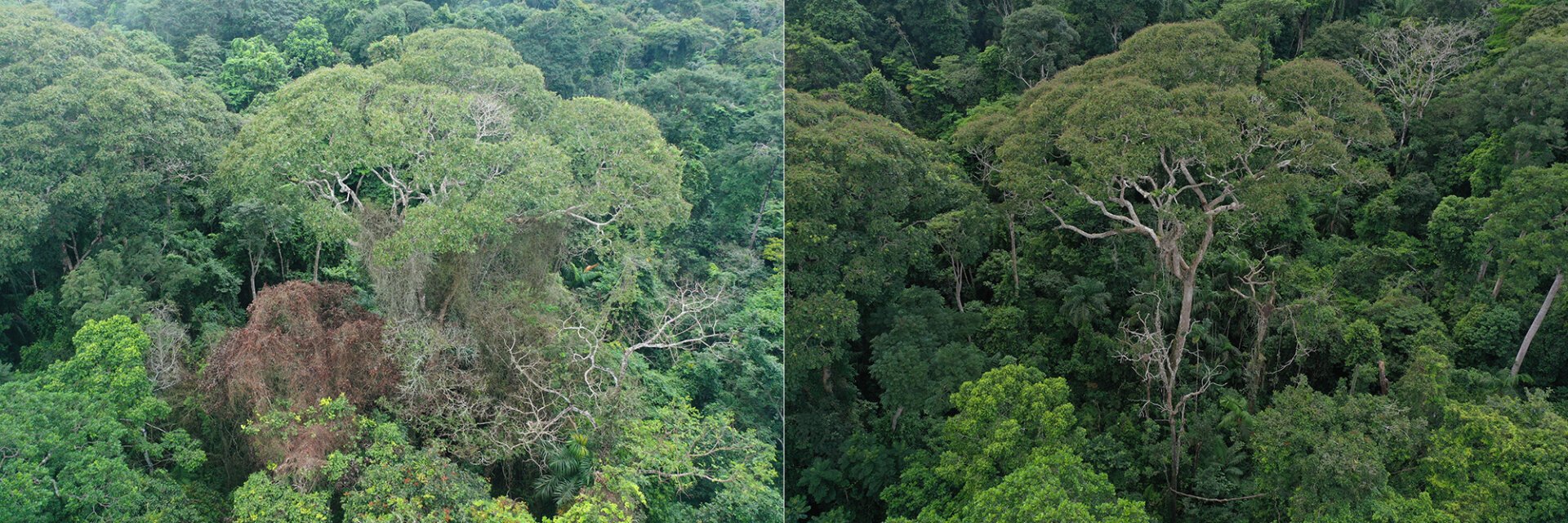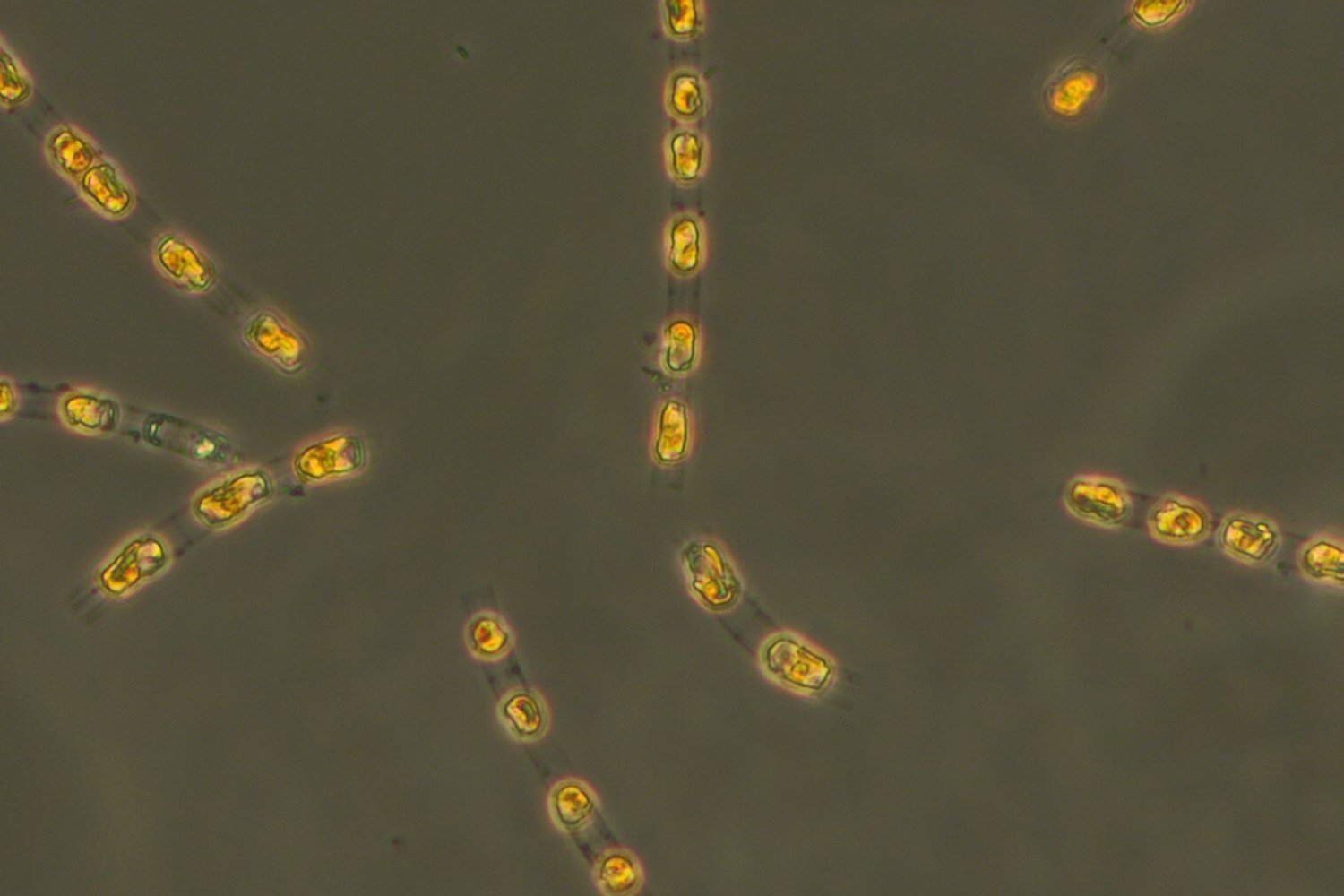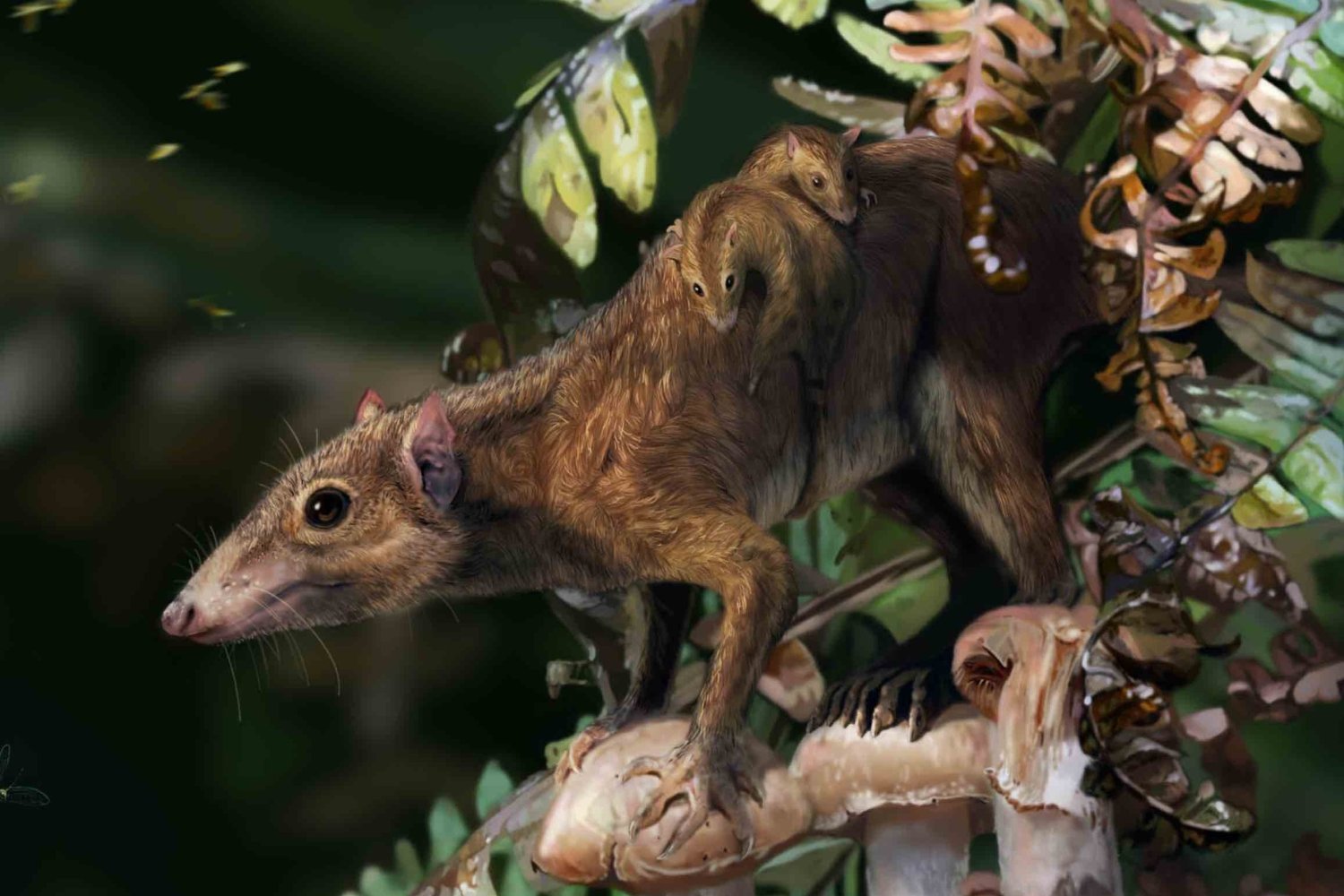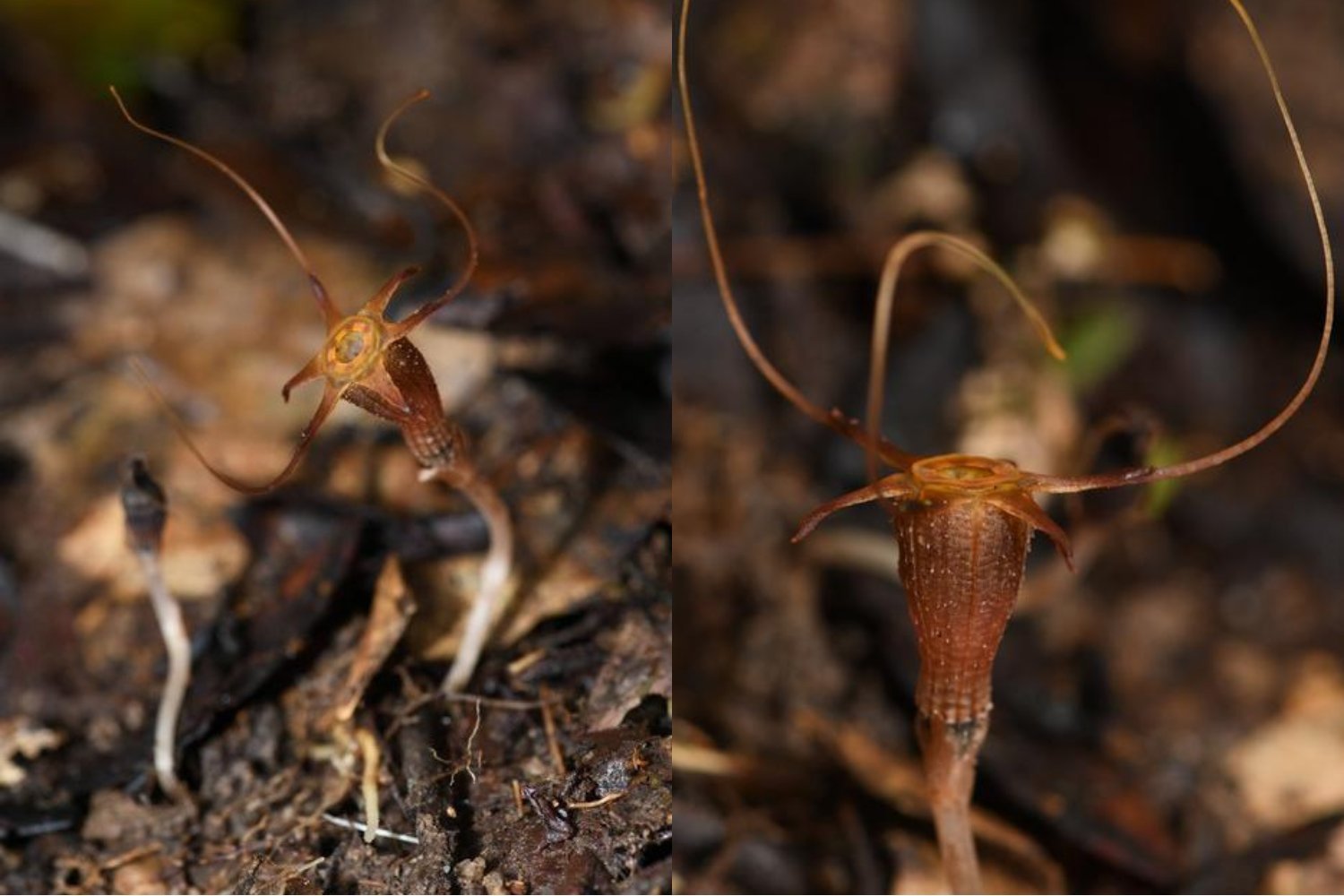Lightning storms are a force of nature, and conventional wisdom dictates avoiding trees during such events. However, new research reveals a surprising relationship between lightning and the Dipteryx oleifera tree, a tropical species native to Central and South America. This study suggests that not only does this tree tolerate lightning strikes, but it might actually benefit from them, potentially even evolving to attract lightning.
This intriguing phenomenon was initially observed by forest ecologist Evan Gora and his team at the Cary Institute of Ecosystem Studies. In 2015, they encountered a D. oleifera in Panama that had survived a lightning strike with minimal damage, while surrounding trees and a parasitic vine on the tree itself had perished. This observation sparked a deeper investigation into the relationship between lightning and this particular tree species.
 alt text: A Dipteryx oleifera tree immediately after a lightning strike and the same tree two years later, showing minimal damage.
alt text: A Dipteryx oleifera tree immediately after a lightning strike and the same tree two years later, showing minimal damage.
Gora’s team studied 93 trees in Panama’s Barro Colorado Nature Monument over several years following lightning strikes, monitoring their mortality rates, crown and trunk condition, vine presence, and the survival of neighboring trees. Nine of these trees were D. oleifera, and all survived lightning strikes with negligible damage. The strikes significantly reduced parasitic vines on the D. oleifera by 78% and killed an average of 9.2 neighboring trees. In contrast, other tree species experienced considerably more damage and higher mortality rates after being struck.
Lightning Tolerance and Evolutionary Advantage
This disparity in response to lightning strikes suggests a unique adaptation in D. oleifera. The reduced vine infestation and fewer tall neighboring trees, likely eliminated by lightning, provide D. oleifera with greater access to sunlight and nutrients. This competitive advantage translates into a higher likelihood of reproduction, estimated to be 14 times greater than other species in the same environment.
Interestingly, D. oleifera trees appear to be significantly more susceptible to lightning strikes than average, perhaps due to their height, which often exceeds neighboring trees by 13 feet (four meters). This raises the question: could this increased susceptibility be an evolved trait? The researchers hypothesize that D. oleifera may have developed characteristics that attract lightning, akin to a natural lightning rod.
Implications for Biodiversity and Climate Change
This study sheds light on the role of lightning tolerance in shaping forest biodiversity. As climate change potentially leads to increased lightning activity in certain regions, understanding these adaptations becomes even more crucial. Future research aims to unravel the mechanisms behind D. oleifera‘s remarkable lightning resistance.
Conclusion: A Shocking Discovery
While seeking shelter under trees during a lightning storm remains unwise, the D. oleifera story challenges our understanding of the relationship between lightning and trees. This research reveals a fascinating example of how a species can not only tolerate a seemingly destructive force but potentially harness it for its own benefit, offering valuable insights into the complex dynamics of forest ecosystems.











